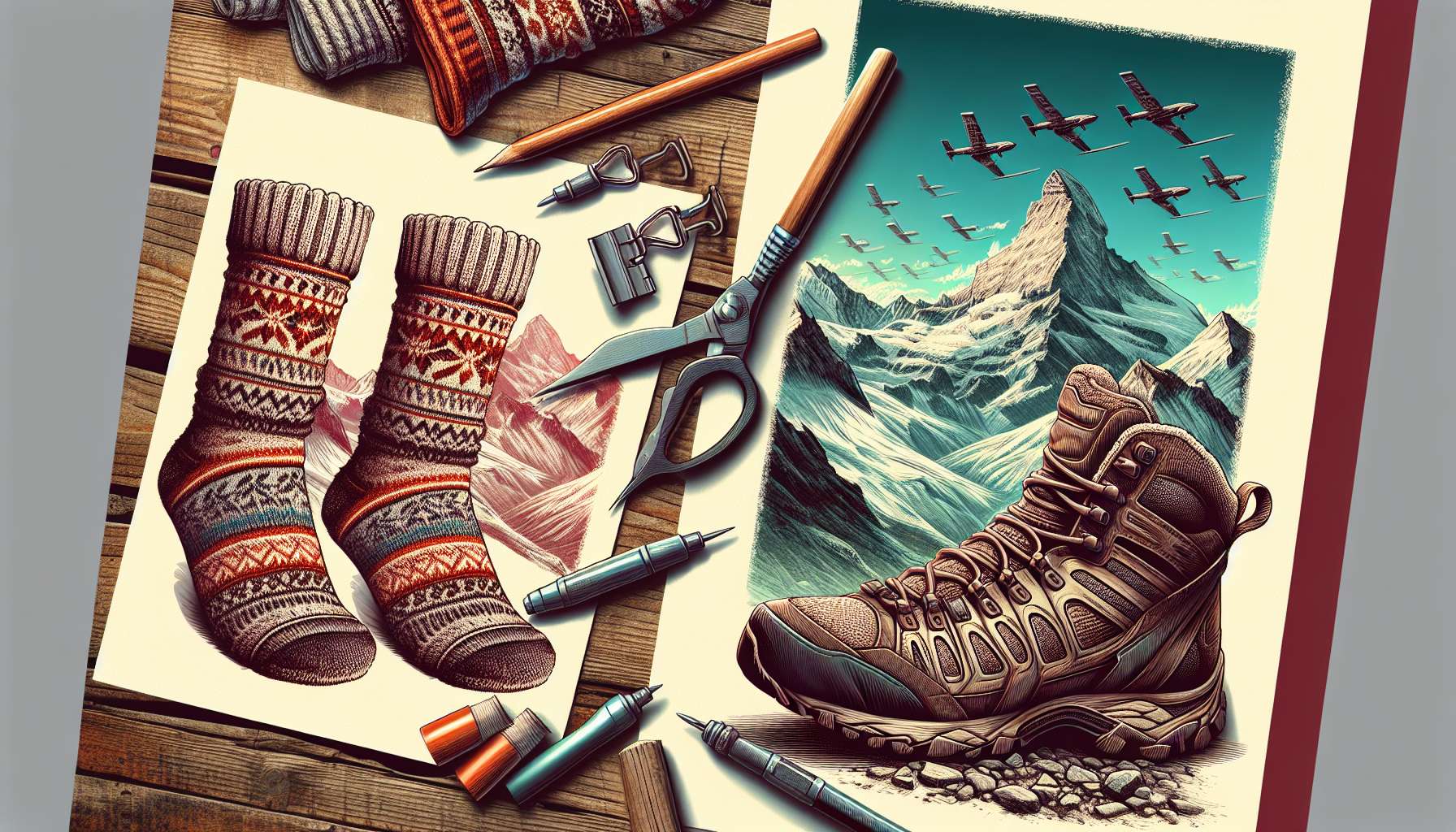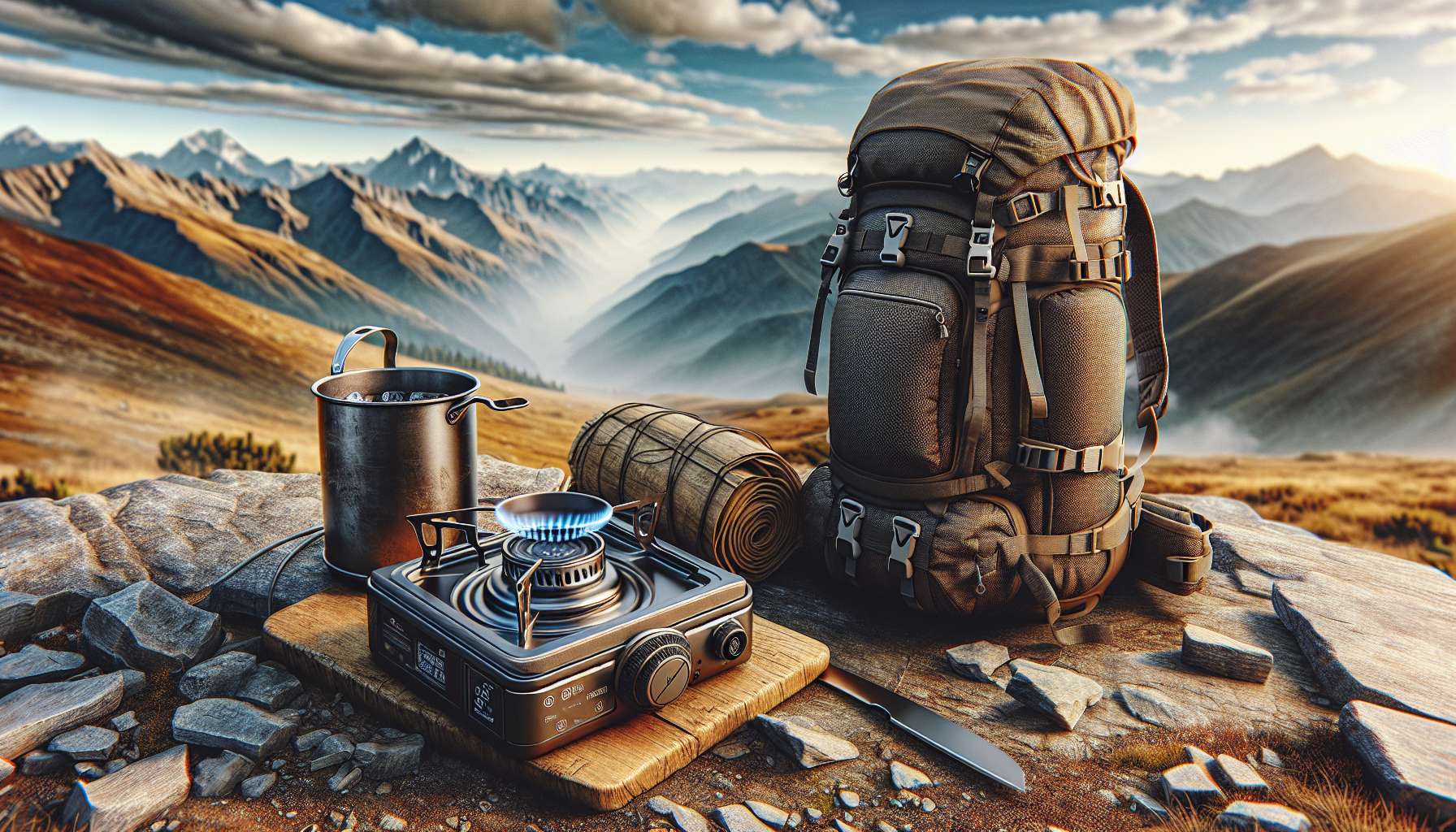The Ultimate Guide to Hiking Socks
Are you an avid hiker looking to enhance your outdoor experience? Or perhaps you’re new to the world of hiking and want to ensure your comfort and safety on the trails. One essential piece of gear that often gets overlooked but can make a significant difference in your hiking adventures is the humble hiking sock. In this comprehensive guide, we will delve deep into the world of hiking socks, exploring their importance, types, features, and how to choose the best ones for your needs.
The Importance of Hiking Socks
When it comes to hiking, your choice of socks can have a significant impact on your overall comfort and performance. Hiking socks are designed to provide cushioning, support, moisture-wicking properties, and temperature regulation to keep your feet dry and comfortable during long treks. They also help prevent blisters, hot spots, and other foot issues that can arise from friction and moisture buildup.
Investing in high-quality hiking socks is essential for maintaining the health of your feet and maximizing your enjoyment of the great outdoors. With the right pair of socks, you can reduce fatigue, improve traction, and prevent injuries, allowing you to focus on the beauty of nature around you.
Types of Hiking Socks
There are several types of hiking socks available on the market, each designed for specific purposes and preferences. Some common types include:
1. Liner Socks
Liner socks are thin, lightweight socks worn underneath your primary hiking socks. They help reduce friction, wick moisture away from your skin, and provide an additional layer of insulation. Liner socks are particularly useful for preventing blisters and enhancing the overall comfort of your feet.
2. Midweight Hiking Socks
Midweight hiking socks offer a balance between cushioning and breathability, making them suitable for a wide range of hiking conditions. They typically feature medium padding in the heel and toe areas, as well as moisture-wicking properties to keep your feet dry and comfortable.
3. Heavyweight Hiking Socks
Heavyweight hiking socks are designed for cold weather and rugged terrain. They often have extra cushioning, reinforced heels and toes, and superior insulation to keep your feet warm and protected in harsh conditions. These socks are ideal for winter hiking, mountaineering, and backpacking adventures.
4. Compression Socks
Compression socks are designed to improve circulation, reduce swelling, and provide additional support to your feet and lower legs. They are beneficial for hikers who spend long hours on their feet or have circulation issues. Compression socks can also help prevent muscle fatigue and speed up recovery after strenuous hikes.
Features to Look for in Hiking Socks
When choosing hiking socks, there are several key features to consider to ensure you get the most out of your gear:
1. Material
Hiking socks are typically made from a blend of materials such as merino wool, synthetic fibers, and nylon. Merino wool is a popular choice for its moisture-wicking, odor-resistant, and temperature-regulating properties. Synthetic fibers like polyester and nylon are durable, quick-drying, and provide added stretch and support.
2. Cushioning
The level of cushioning in hiking socks can vary from light to heavy, depending on your preferences and the type of terrain you’ll be hiking on. Light cushioning offers minimal padding and is suitable for warm weather and shorter hikes. Heavy cushioning provides maximum impact protection and is ideal for rugged terrain and cold weather conditions.
3. Fit
Choosing the right size and fit of hiking socks is crucial for preventing blisters and ensuring comfort on the trails. Look for socks that are snug but not too tight, with no excess fabric that could cause bunching or rubbing. Consider socks with arch support, seamless toe closures, and reinforced heels and toes for a secure and comfortable fit.
4. Moisture-Wicking
Moisture-wicking socks are designed to pull sweat away from your skin and evaporate it quickly to keep your feet dry and prevent blisters. Look for socks with moisture-wicking properties, breathable mesh panels, and ventilation zones to enhance airflow and comfort during long hikes.
5. Odor Control
Hiking socks with antimicrobial properties can help prevent odors and bacteria buildup, keeping your feet fresh and healthy. Merino wool socks are naturally odor-resistant, making them a popular choice for hikers who want to stay comfortable and odor-free on the trails.
Choosing the Best Hiking Socks for You
With so many options available, choosing the best hiking socks for your needs can be overwhelming. Here are some tips to help you make the right decision:
1. Consider the Season
Depending on the time of year and weather conditions, you may need different types of hiking socks. Choose lightweight, breathable socks for warm weather and heavy, insulated socks for cold weather. You can also opt for moisture-wicking socks to keep your feet dry in all seasons.
2. Assess Your Terrain
The type of terrain you’ll be hiking on can also influence your choice of socks. For rugged trails and rocky terrain, opt for heavy cushioning and reinforced socks for extra protection. For smooth trails and easy walks, lightweight or midweight socks may be more suitable.
3. Consider Your Foot Type
Take into account your foot shape, size, and any specific foot issues you may have when selecting hiking socks. Look for socks with arch support, cushioning in key areas, and seamless construction to accommodate your foot type and provide maximum comfort.
4. Try Different Brands
Experimenting with different brands and styles of hiking socks can help you find the perfect fit for your feet. Consider trying socks from reputable outdoor brands known for their quality and durability. Pay attention to customer reviews and recommendations to narrow down your choices.
5. Test Them Out
Before embarking on a long hike, test out your hiking socks on shorter walks to ensure they fit well and are comfortable. Pay attention to any areas of discomfort, rubbing, or slipping, and make adjustments as needed. Your hiking socks should feel like a second skin, providing support and protection without causing any irritation.
Expert Opinions
We reached out to hiking experts and outdoor enthusiasts to get their take on the importance of hiking socks. Here’s what they had to say:
“Hiking socks are often an overlooked piece of gear, but they can make a huge difference in your comfort and performance on the trails. Investing in high-quality socks that fit well and provide the right level of cushioning and support can prevent blisters, reduce fatigue, and enhance your overall hiking experience.” – Sarah, avid hiker
“I always recommend wearing moisture-wicking socks to keep your feet dry and prevent blisters. Merino wool socks are my go-to choice for their natural moisture-wicking and odor-resistant properties. They keep my feet comfortable and fresh even on long hikes in hot weather.” – Jake, outdoor guide
FAQs
Q: How often should I replace my hiking socks?
A: It’s recommended to replace your hiking socks every six months to a year, depending on how often you hike and the wear and tear on the socks. Look for signs of thinning, holes, or decreased cushioning, which indicate it’s time for a new pair.
Q: Can I wear cotton socks for hiking?
A: Cotton socks are not recommended for hiking as they retain moisture and can cause blisters and discomfort. Opt for moisture-wicking socks made from materials like merino wool or synthetic fibers for better performance on the trails.
To Wrap Things Up
When it comes to hiking, every detail counts, including your choice of socks. By investing in high-quality hiking socks that fit well, provide cushioning and support, and have moisture-wicking properties, you can enhance your comfort, prevent injuries, and enjoy your outdoor adventures to the fullest. Take the time to explore different types of hiking socks, consider your specific needs and preferences, and choose the best ones for your next hiking excursion. Your feet will thank you!




